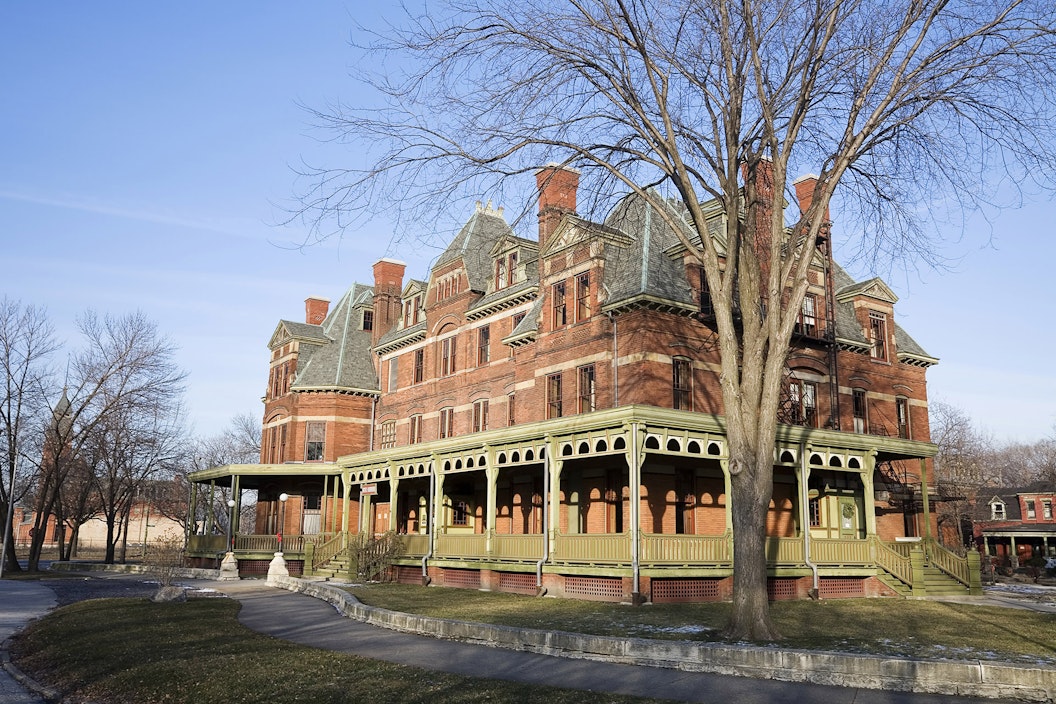
Designated in 2015, Pullman National Historical Park is the first National Park Service unit in Chicago.
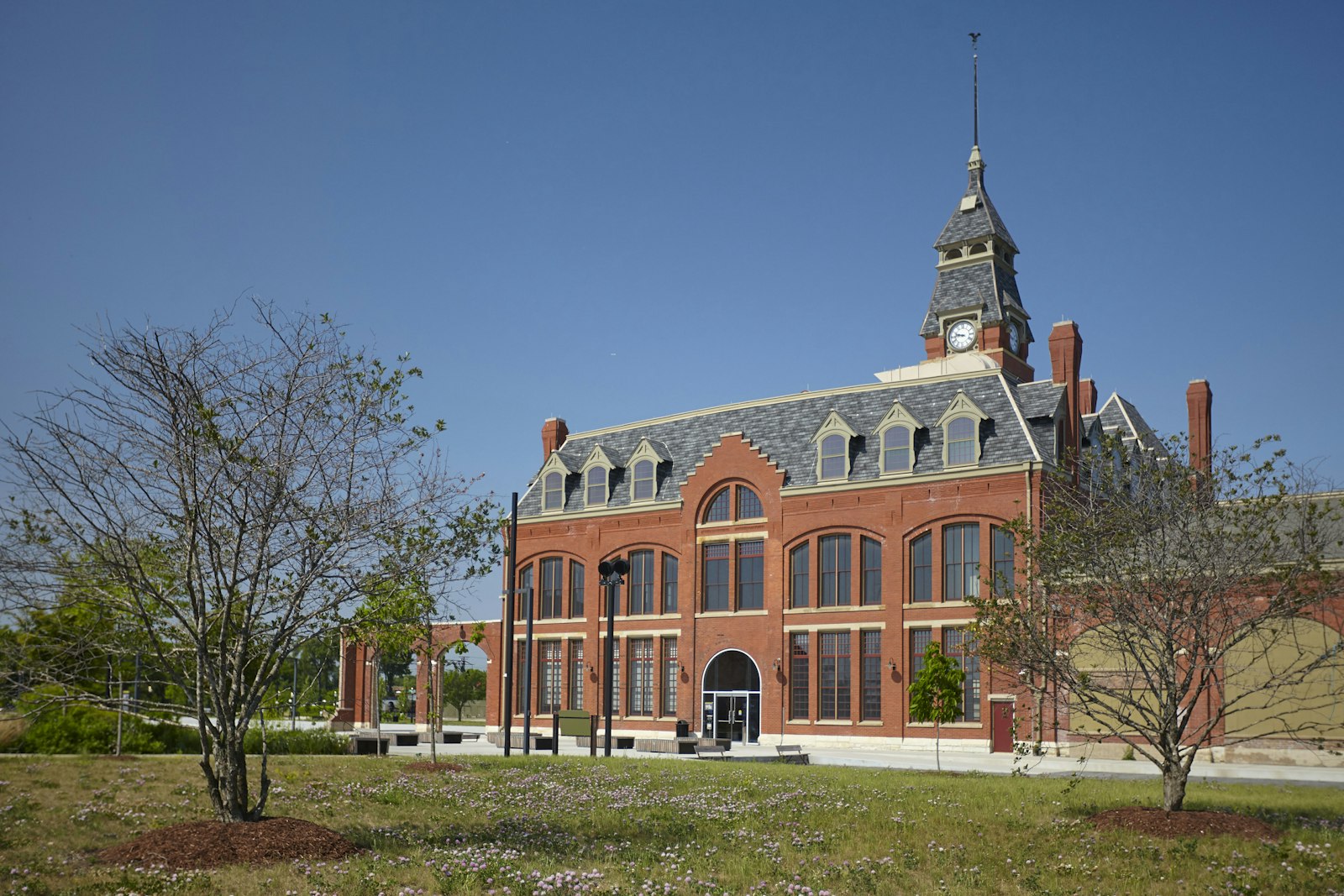
Pullman National Historical Park is significant in many ways, including being the venue of Chicago's first national park unit. It is the site of one of the first planned industrial communities in the United States. It's also the place where the 1894 Pullman Strike grew into a national boycott, halting rail travel across much of the country. The site also shares the story of the Brotherhood of Sleeping Car Porters and their 1937 contract with the Pullman company — the first major labor agreement between an African American union and a corporation — the organization, planning, and communication strategies of which helped support the growing civil rights movement.
With so much history to discover, it’s important that visitors to the park have clear and accurate signage to navigate and learn about the site. Thanks to a grant from the National Park Foundation (NPF), a longtime supporter of the park, Pullman National Historical Park and Pullman State Historic Site installed two new wayside exhibits to introduce visitors to uncovered archeological remnants that have a significant part in Pullman’s story.
Pullman National Historical Park co-manages the historic Car Works grounds with Pullman State Historic Site. During the remediation of the State Historic Site's grounds prior to the opening of the park, historically significant features were uncovered — remnants of the Worker’s Gate and Pullman-era landscaping walls. The features were at first assumed to be significantly degraded and rendered unrecognizable. But like the strength of those who organized to advocate for better working conditions, these pieces of history have stood the test of time. The newly placed wayside signs introduce each of these exciting recoveries to visitors.
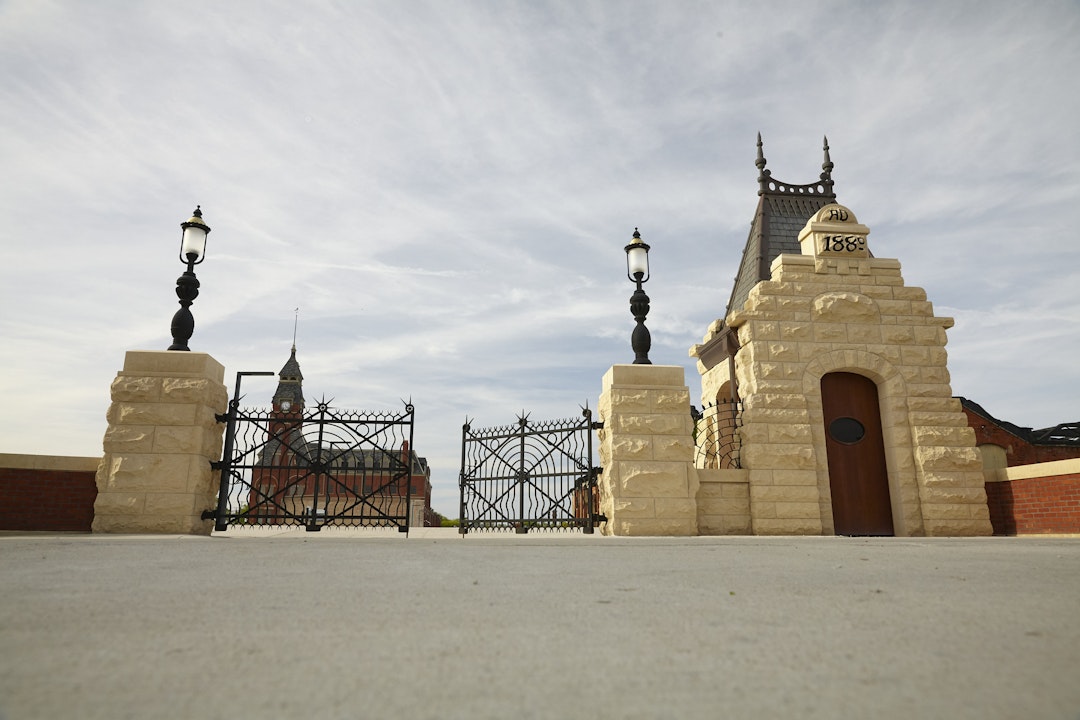
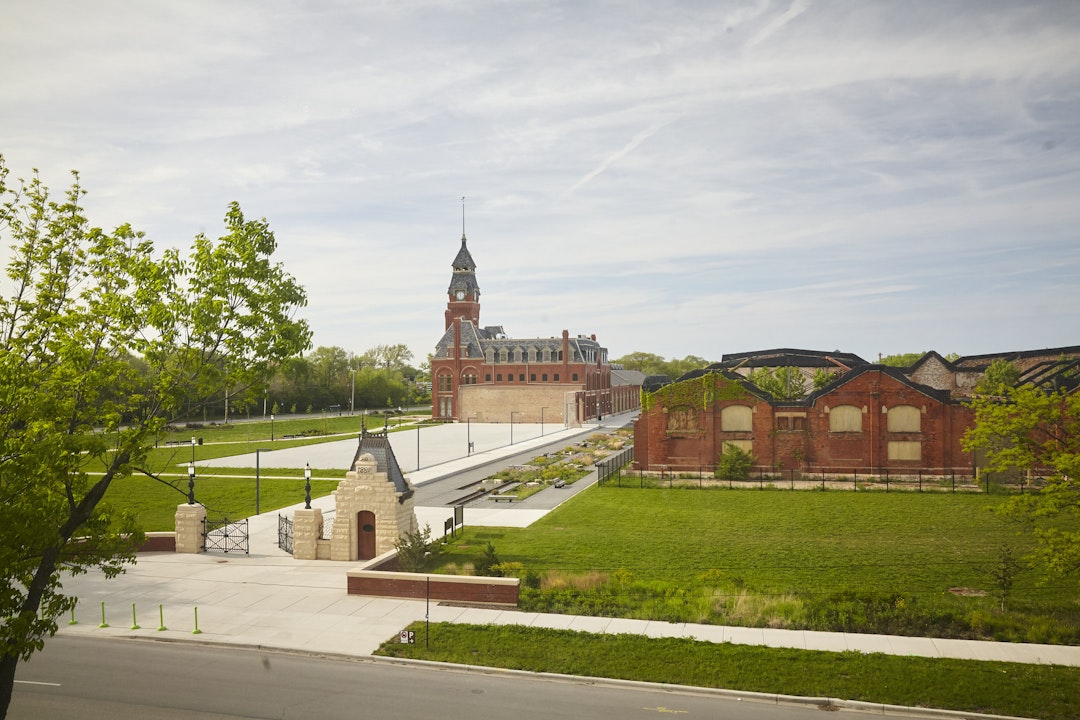
The Worker’s Main Gate was built in 1886, as tension between the workers and the Pullman company was increasing. And on May 11, 1894, it was these gates that striking workers marched through to ignite the largest national labor protest in 19th century America. The park now preserves the recovered ruins of the original Main Gate’s foundations, located below the reconstructed Main Gate that now welcomes park visitors.
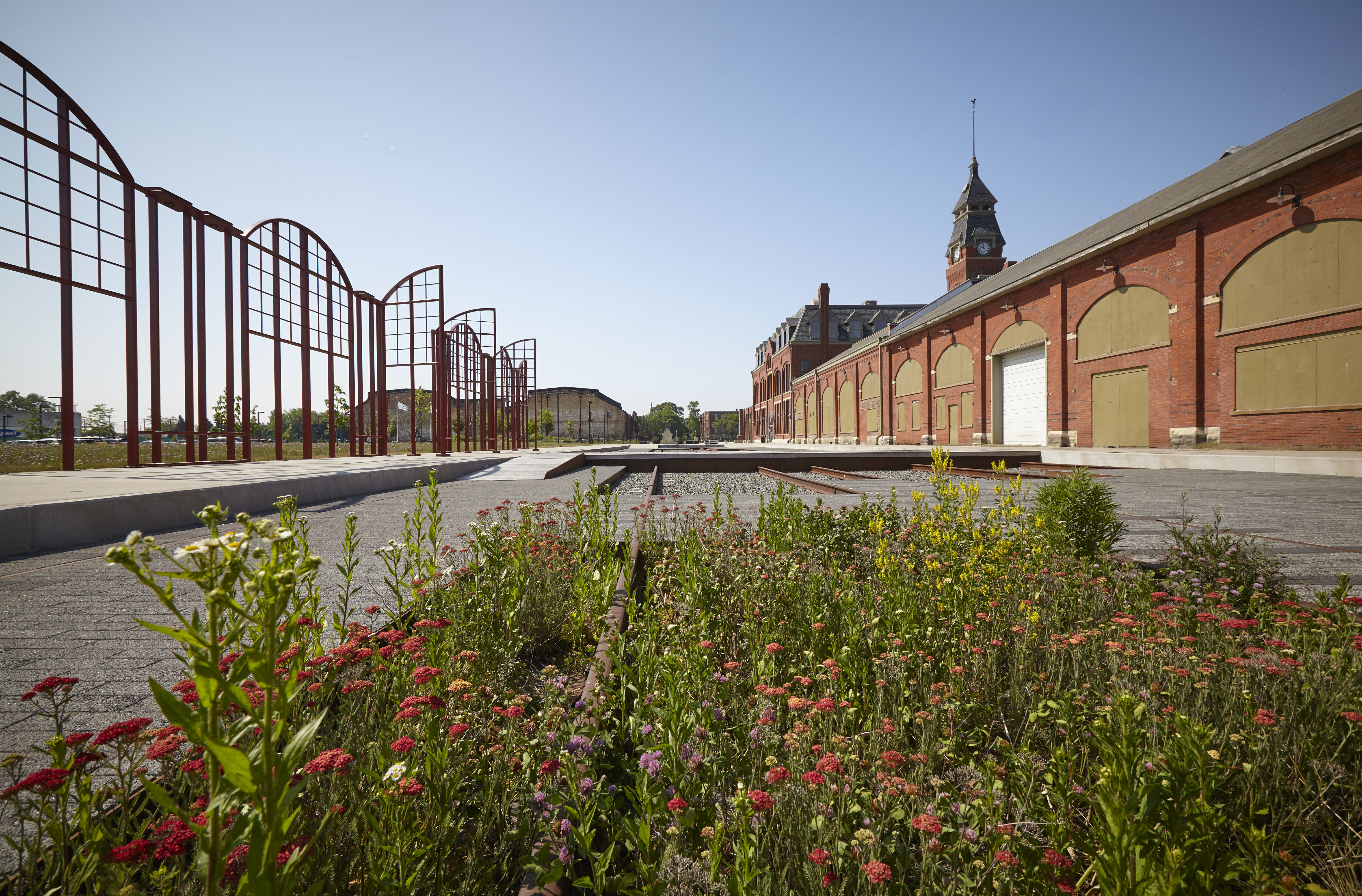
The landscaping wall foundation remnants uncovered speak to the glamour and expansive nature of the Pullman site in the 19th century. When the site was first built, a constructed lake — dubbed Lake Vista — held the condensed steam waste that came from heating the Pullman houses and drove the Corliss Engine. Designed by landscape architect Nathan Barrett, the 1881 landscape of Lake Vista included curved roads, walking paths, and decorative walls including the one uncovered in 2020. Visitors, including potential buyers of Pullman cars, were guided through the open site past these impressive creations and beautiful views.
Thanks to the grant and continued support from NPF, Pullman National Historical Park and State Historic Site continues to welcome visitors, inviting them to discover the many histories within, as well as their own personal connections to places such as these.